1. La Tomatina – Spain’s Giant Food Fight
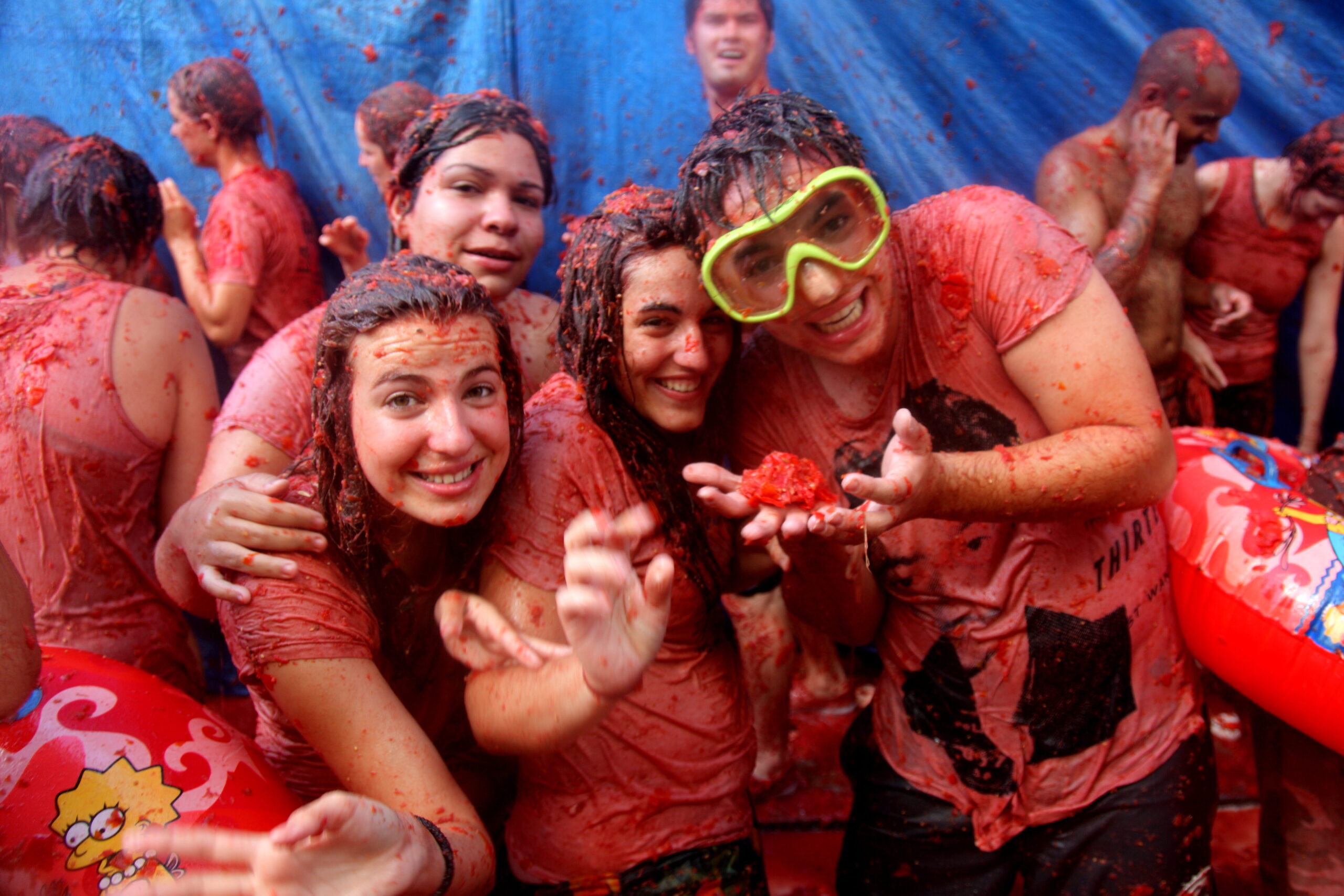
Imagine thousands of people crammed into a small town square, hurling overripe tomatoes at each other with reckless abandon. That’s exactly what happens every year in Buñol, Spain, during La Tomatina. This wild food fight started in the ’40s and has since grown into an international spectacle. The rules are simple—crush the tomatoes before throwing them and have fun. By the end, the streets are covered in a thick layer of tomato pulp, and participants look like they’ve been in a ketchup explosion says BBC.
What makes it even stranger is that no one is entirely sure how it began. Some say it started as a street brawl, while others believe it was just a prank that stuck. Regardless, the town embraces the mess, even bringing in fire trucks to hose everything down afterward. If you ever wanted an excuse to throw food without getting scolded, this is your chance.
2. Kanamara Matsuri – Japan’s Festival of the Iron Phallus
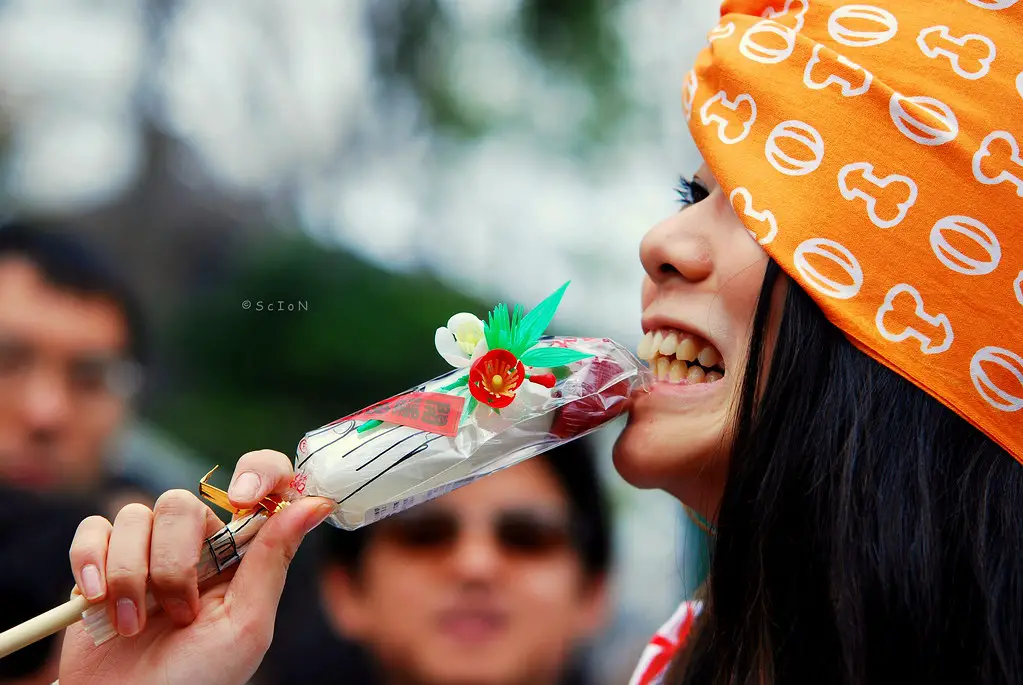
Every spring in Kawasaki, Japan, crowds gather to celebrate Kanamara Matsuri, also known as the Festival of the Iron Phallus. Yes, this event is exactly what it sounds like—everything from giant floats to lollipops is shaped like a certain body part. Originally, this festival was associated with fertility and protection against diseases. Today, it’s become a mix of tradition, humor, and charity, with proceeds going toward HIV awareness explains Euro News.
Tourists and locals alike carry enormous phallic statues through the streets, take photos with cheeky souvenirs, and enjoy themed street food. Despite the playful nature, the festival has deep historical roots tied to Shinto beliefs. It’s also a way for the community to celebrate openness and embrace a lighthearted approach to topics often considered taboo. Just be prepared for a few double takes if you ever visit.
3. Finger Cutting Ritual – Indonesia’s Painful Goodbye
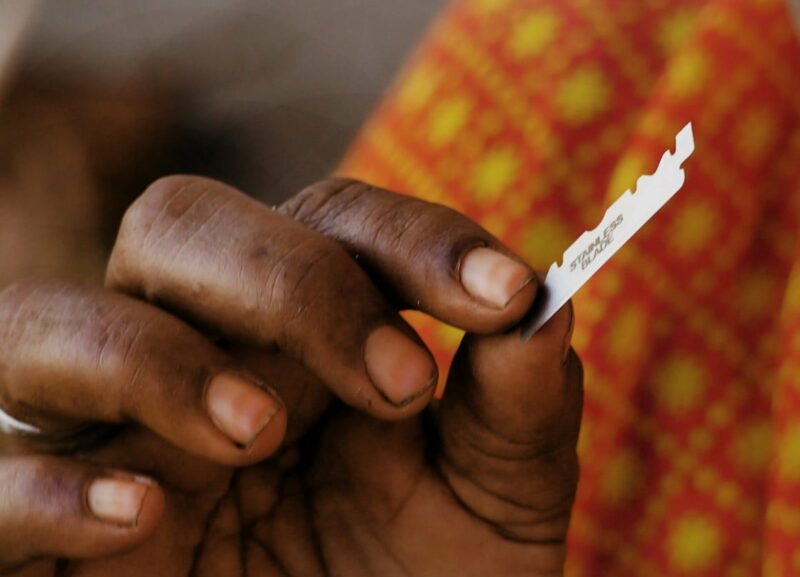
Grief is difficult no matter where you are in the world, but the Dani people of Indonesia take mourning to another level. In this tribe, women used to cut off part of their fingers when a loved one died. This painful practice was believed to symbolize the deep emotional suffering of loss. The tradition has been largely banned, but older generations still bear the marks of this extreme ritual says Yahoo.
To prepare for the amputation, a string was tied tightly around the finger to numb it before it was chopped off. Afterward, the wound was burned to prevent infection and stop the bleeding. While most cultures wear black or hold ceremonies, the Dani once believed physical pain was the ultimate tribute. Though it may seem shocking, to them, it was a way of keeping the deceased close in spirit adds Wion.
4. Monkey Buffet Festival – Thailand’s Feast for Primates
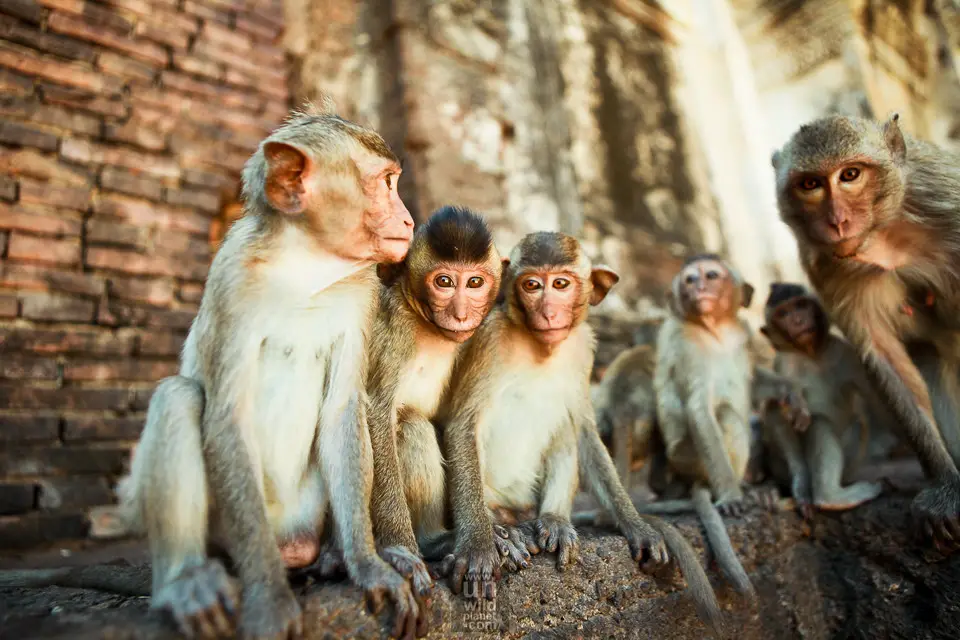
Imagine setting up a massive feast only to have it swarmed by hundreds of monkeys. That’s exactly what happens every year in Lopburi, Thailand, where the local macaques are treated to a royal buffet. Tables are stacked with fruit, rice, and even soda, all for the monkeys to devour. The festival is a gesture of gratitude, as the monkeys are believed to bring good luck and prosperity.
The event draws huge crowds, but the monkeys are definitely the stars of the show. They leap across tables, grab food with both hands, and sometimes even start playful fights over the best treats. While adorable, they’re also mischievous and have been known to steal snacks from unsuspecting tourists. It’s chaotic, hilarious, and unlike any Thanksgiving dinner you’ve ever seen.
5. Cooper’s Hill Cheese-Rolling – England’s Wildest Race

In Gloucestershire, England, people literally throw themselves down a steep hill chasing a wheel of cheese. The Cooper’s Hill Cheese-Rolling event is as ridiculous as it sounds, with participants tumbling, flipping, and sometimes crashing in pursuit of a rolling 9-pound Double Gloucester cheese. The first person to reach the bottom wins the cheese, but getting there in one piece is the real challenge.
The hill is so steep that running is nearly impossible, which means most competitors end up rolling uncontrollably. Injuries are common, but that doesn’t stop thrill-seekers from showing up year after year. The tradition dates back hundreds of years, though no one knows exactly how it started. Whether it was originally a fertility ritual or just an excuse for some chaotic fun, it has certainly stood the test of time.
6. Wife-Carrying Championship – Finland’s Quirky Sport

In Sonkajärvi, Finland, couples participate in one of the most unusual sporting events imaginable: wife-carrying. Men race through an obstacle course while carrying their wives (or sometimes just a friend) in bizarre positions, including upside-down on their backs. The winning couple takes home the wife’s weight in beer, making it both a test of endurance and a great motivator.
The origins of this strange sport are a little murky, but some believe it dates back to bandits who used to steal women from villages. Today, it’s all in good fun, with different carrying styles allowed, including the popular “Estonian carry,” where the woman hangs upside down with her legs wrapped around the man’s shoulders. It may look absurd, but it requires serious strength and teamwork.
7. Baby Jumping Festival – Spain’s Leap of Faith
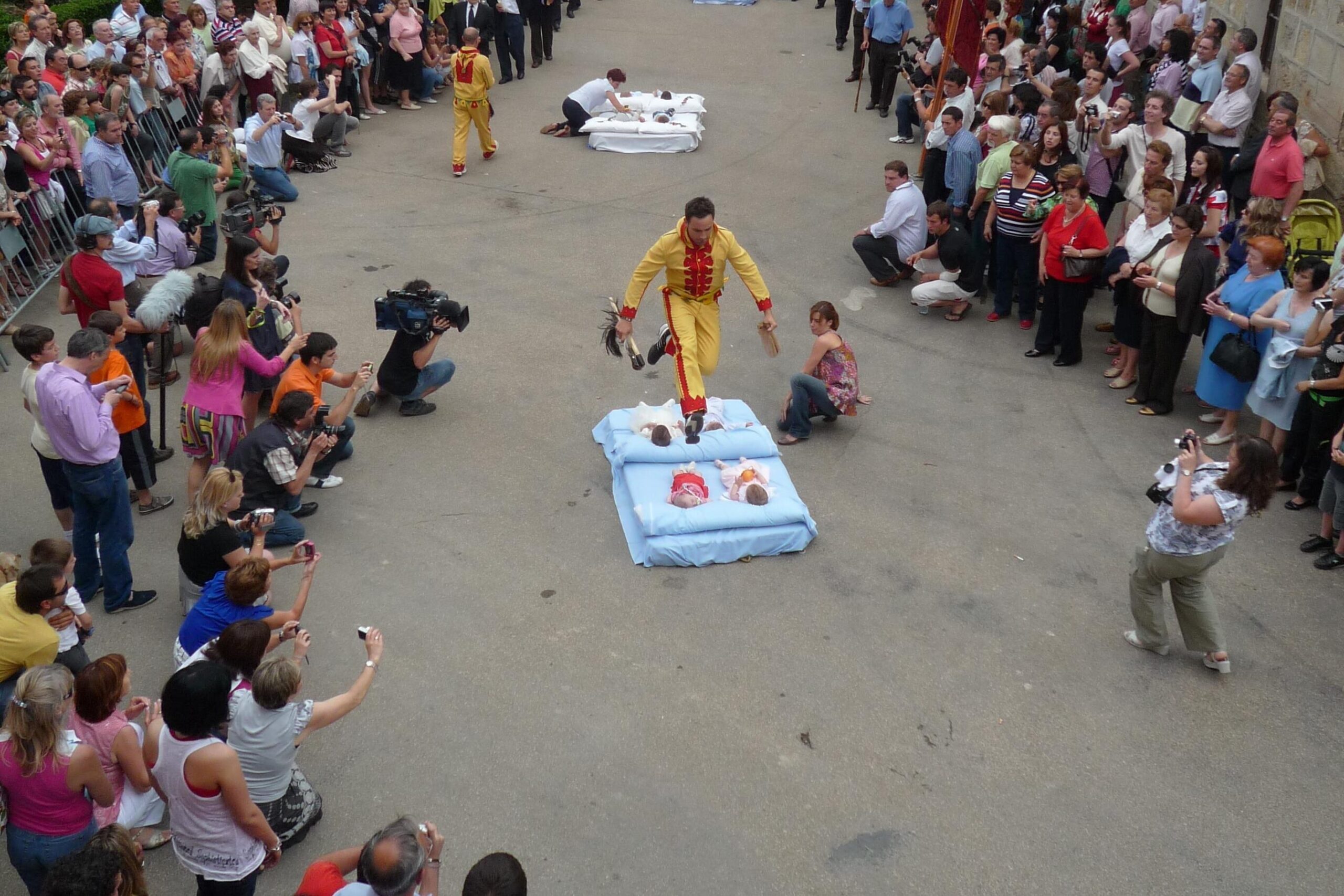
In the small Spanish village of Castrillo de Murcia, new parents participate in El Colacho, a festival where men dressed as devils literally jump over rows of babies. This centuries-old tradition is believed to cleanse infants of sin and protect them from bad luck. The jumpers, wearing bright yellow and red costumes, leap over multiple babies at once, making for a nerve-wracking spectacle.
No babies have been harmed in the process (so far), but watching it unfold is enough to make anyone gasp. The Catholic Church has distanced itself from the event, but locals insist it’s an important part of their heritage. Tourists flock to witness the strange yet symbolic act, which blends religious beliefs with centuries-old customs. It’s definitely not your typical baptism ceremony.
8. Toe Wrestling – England’s Answer to Arm Wrestling
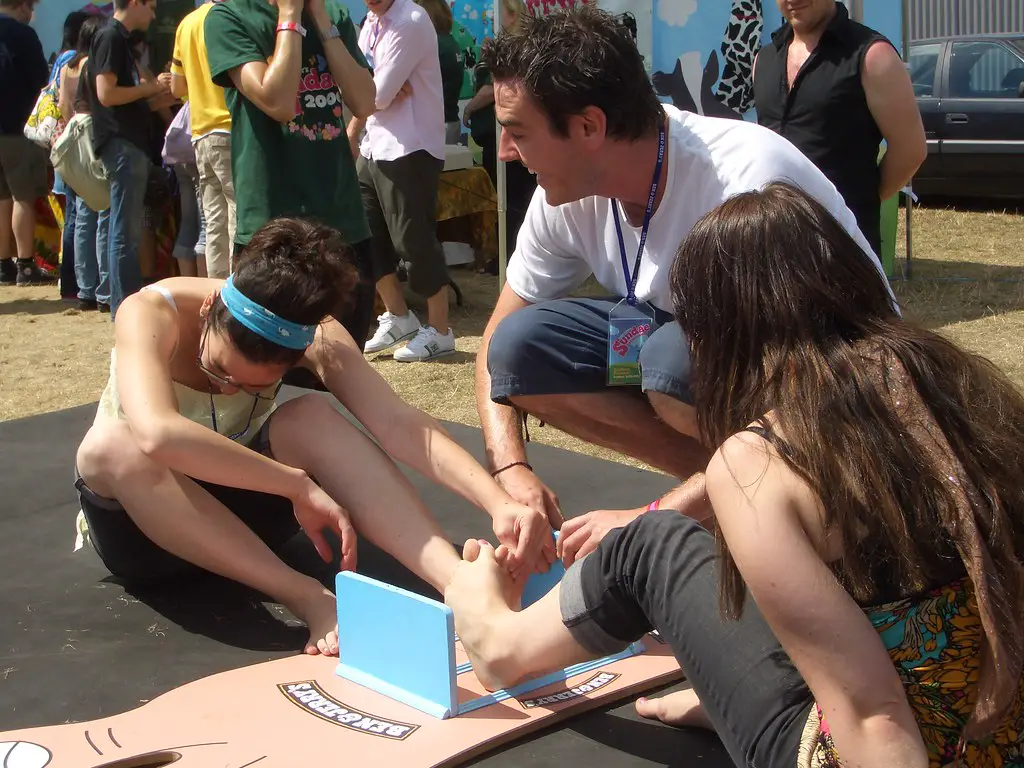
Yes, toe wrestling is a real sport, and it’s exactly what it sounds like. Competitors sit down, lock toes, and attempt to pin their opponent’s foot to the ground. It all started in the ’70s when a group of friends wanted to invent a sport the British could dominate. Now, it has its own world championship, complete with serious contenders.
The game requires surprising strength, flexibility, and a high tolerance for foot-related discomfort. Some competitors even train for months, strengthening their toes and perfecting their grip. It’s not the most glamorous sport, but it certainly takes dedication. If you’ve ever been told you have strong toes, this might be your calling.
9. Night of the Radishes – Mexico’s Vegetable Art Show

Every December 23rd, Oaxaca, Mexico, transforms into a wonderland of intricately carved radishes. The Noche de Rábanos (Night of the Radishes) is an annual competition where artists carve elaborate sculptures out of giant radishes. Designs range from religious figures to entire miniature villages, all made from the vegetable.
The radishes are specially grown for the event, reaching sizes far bigger than the ones in grocery stores. Since radishes wilt quickly, the sculptures only last a few hours, making them a fleeting but beautiful tradition. Thousands of people gather to admire the creativity before the radishes shrivel away. Who knew a root vegetable could be the star of a festival?
10. Hadaka Matsuri – Japan’s Nearly Naked Festival
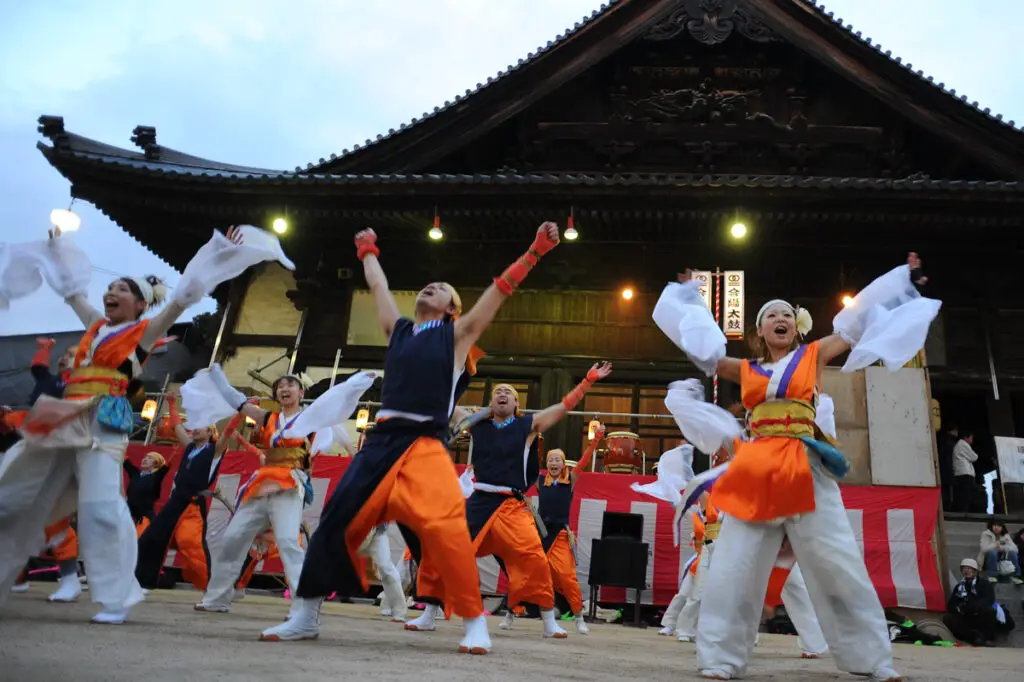
In Okayama, Japan, thousands of men strip down to loincloths and jostle in freezing weather to grab sacred sticks tossed by a priest. This Hadaka Matsuri, or “Naked Festival,” is believed to bring good luck to whoever catches the sticks. Participants endure hours of pushing and shoving in near-freezing temperatures, all in pursuit of fortune and blessings.
The festival dates back over 500 years and is rooted in Shinto purification rituals. Despite the chaos, there’s a strong sense of camaraderie among participants. Winning isn’t just about luck—it’s about braving the cold and standing your ground. It’s an unforgettable sight, but probably not one you’d want to join without some serious preparation.
11. The Coffin Club – New Zealand’s DIY Burial Movement

In Rotorua, New Zealand, a group of seniors has taken an unusual approach to end-of-life planning. They call themselves The Coffin Club, and their mission is to build and decorate their own coffins. What started as a practical and cost-effective way to prepare for the inevitable has turned into a quirky social event. Members gather weekly to construct custom-made caskets, often painting them with bright colors, personal messages, or even humorous designs.
Some people decorate their coffins with their favorite movie characters, while others turn them into elaborate pieces of art. It may sound morbid, but for those involved, it’s a way to embrace death with humor and creativity. The club also offers workshops and community support, helping people remove the fear and stigma surrounding death. Instead of dreading the future, they celebrate life—one handmade coffin at a time.
12. Hanging Coffins – The Philippines’ Gravity-Defying Burial

In Sagada, a remote town in the Philippines, the dead aren’t buried underground—they’re placed in wooden coffins and hung on cliffsides. This ancient tradition, practiced by the Igorot people, is meant to bring the deceased closer to the heavens. The coffins are secured to the rock face with ropes and wooden stakes, some dangling hundreds of feet above the ground. The practice has been around for over 2,000 years, though it’s becoming rarer with time.
The Igorot believe that burying bodies underground is bad luck, as it keeps them too close to the earth. Instead, they carefully prepare their own coffins before death, choosing a spot where their ancestors’ spirits can watch over them. While it’s a haunting sight for outsiders, for the locals, it’s a sacred tradition. It’s a final resting place like no other—both peaceful and precariously perched.
